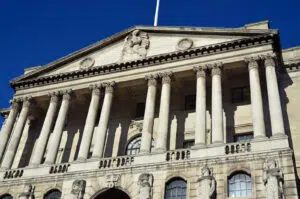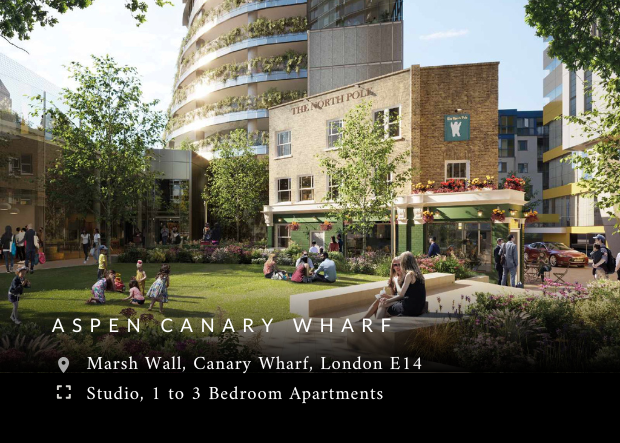Table of Contents
Introduction
Investments in London Property Market is transforming London, a city renowned for its rich history, vibrant culture, and economic prowess. Central to this evolution are the infrastructure investments that are reshaping its property market. Among these, the Crossrail project, now known as the Elizabeth Line, stands out as a beacon of change. But it’s not just Crossrail; a plethora of infrastructure projects are propelling London’s real estate landscape into a new era.
The Impact of Crossrail on London’s Property Market
Crossrail, one of the largest infrastructure projects in Europe, has already made a profound impact on the London property market. The Elizabeth Line, which runs from Reading and Heathrow in the west to Shenfield and Abbey Wood in the east, spans over 100 kilometers with 41 stations, including 10 new ones. This new railway line significantly reduces travel time across the city, making previously less accessible areas more attractive to both residents and investors.
Enhancing Connectivity and Reducing Commute Times
One of the primary benefits of the Elizabeth Line is the enhanced connectivity it offers. Areas like Woolwich, Abbey Wood, and Ilford, which were once considered peripheral, are now well-connected to central London. For instance, the journey from Woolwich to Canary Wharf has been cut to just 8 minutes, while the trip from Ilford to Liverpool Street now takes around 17 minutes. This reduction in commute times is a game-changer for many commuters, leading to a surge in demand for properties in these areas.
Rising Property Values
The improved accessibility has led to a noticeable increase in property values along the Crossrail route. Research indicates that property prices within a kilometer of Crossrail stations have risen significantly faster than the wider London average. Areas like Farringdon, Whitechapel, and Tottenham Court Road have seen substantial increases in both residential and commercial property values. This trend is expected to continue as more people recognize the convenience and potential of living or investing near the Elizabeth Line.
Revitalization of Undervalued Areas
Crossrail has also played a crucial role in revitalizing undervalued and underdeveloped areas. Places like Custom House and Southall have witnessed extensive regeneration, attracting new businesses, retail outlets, and residential developments. These areas are now bustling with activity, offering a vibrant mix of amenities that appeal to young professionals and families alike.
Other Key Infrastructure Investments Shaping London’s Property Market
While Crossrail is a pivotal project, it is part of a broader wave of infrastructure investments transforming London. These projects are enhancing connectivity, stimulating economic growth, and creating new opportunities in the property market.
Thames Tideway Tunnel
The Thames Tideway Tunnel, often referred to as London’s new “super sewer,” is another significant infrastructure project. This 25-kilometer tunnel, running beneath the River Thames, aims to modernize London’s outdated sewage system and reduce pollution. The project has spurred development along the riverbanks, particularly in areas like Fulham, Chelsea, and Battersea. The cleaner environment and improved infrastructure have made these areas more attractive, leading to rising property prices and increased investment.
London Overground Expansion
The expansion of the London Overground network has also had a considerable impact on the property market. New lines and extensions, such as the East London Line, have improved connectivity to previously underserved areas. Neighborhoods like Hackney, Dalston, and Peckham have seen a surge in popularity and property values as a result. The Overground’s expansion has opened up new parts of the city for development, providing more options for homebuyers and investors.
Heathrow Airport Expansion
The proposed expansion of Heathrow Airport, including the addition of a third runway, is set to bolster London’s status as a global hub. Although the project has faced delays and controversy, its potential impact on the property market is undeniable. Improved transport links and increased economic activity in the vicinity of the airport are expected to drive demand for residential and commercial properties in areas like Hounslow, Ealing, and Hillingdon.
The Broader Impact of Infrastructure Investments
Infrastructure investments are a catalyst for economic growth and job creation. Projects like Crossrail and the Thames Tideway Tunnel generate thousands of jobs during construction and beyond. This influx of employment opportunities attracts people to the area, increasing demand for housing and boosting the local economy. As businesses expand and new ones emerge, commercial property values also rise, contributing to the overall dynamism of the market.
Urban Regeneration and Community Development
Infrastructure projects often lead to urban regeneration, transforming neglected areas into thriving communities. For example, the King’s Cross redevelopment, which included significant transport improvements, has turned a once derelict area into a vibrant district with offices, shops, restaurants, and residential properties. Such regeneration projects enhance the quality of life for residents and make areas more desirable for investors.
Sustainable Development
Modern infrastructure projects increasingly focus on sustainability, which appeals to environmentally conscious investors and residents. Initiatives like the Thames Tideway Tunnel aim to reduce environmental impact, while new residential and commercial developments often incorporate green building practices. Sustainable development not only benefits the environment but also adds value to properties, as more people prioritize eco-friendly living spaces.
Long-term Stability and Growth
Infrastructure investments provide long-term stability and growth for the property market. By improving transport links, utilities, and amenities, these projects create a solid foundation for sustained economic development. Investors are more likely to invest in areas with robust infrastructure, knowing that these regions will continue to thrive in the future. This stability attracts both domestic and international investors, further boosting the market.
Challenges and Considerations
While infrastructure investments bring numerous benefits, they also present challenges. The high cost of projects like Crossrail and the Heathrow expansion can strain public finances and lead to delays. Additionally, construction work can disrupt local communities and businesses, potentially causing short-term declines in property values. Effective planning, stakeholder engagement, and mitigation strategies are essential to address these challenges and ensure the successful implementation of infrastructure projects.
Conclusion
Infrastructure investments are undeniably transforming London’s property market. The Elizabeth Line, Thames Tideway Tunnel, London Overground expansion, and Heathrow Airport expansion are just a few examples of projects that are enhancing connectivity, driving economic growth, and revitalizing communities. These investments are not only raising property values but also creating vibrant, sustainable neighborhoods that attract residents and investors alike. As London continues to evolve, the synergy between infrastructure and property development will play a crucial role in shaping the city’s future. For investors and homebuyers, understanding the impact of these projects is key to making informed decisions and capitalizing on the opportunities they present.








